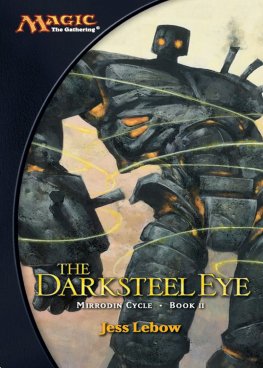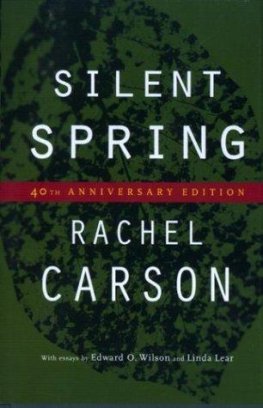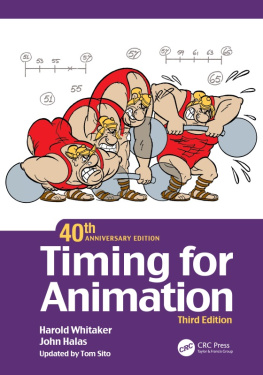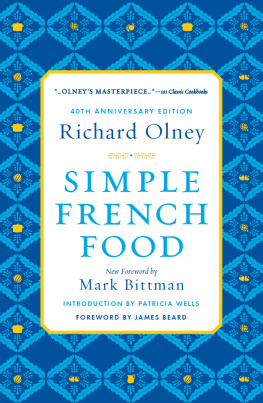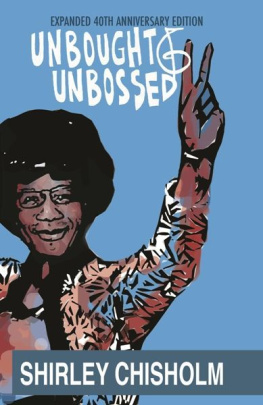Richard Ned Lebow - Between Peace and War: 40th Anniversary Revised Edition
Here you can read online Richard Ned Lebow - Between Peace and War: 40th Anniversary Revised Edition full text of the book (entire story) in english for free. Download pdf and epub, get meaning, cover and reviews about this ebook. publisher: Springer International Publishing, genre: Politics. Description of the work, (preface) as well as reviews are available. Best literature library LitArk.com created for fans of good reading and offers a wide selection of genres:
Romance novel
Science fiction
Adventure
Detective
Science
History
Home and family
Prose
Art
Politics
Computer
Non-fiction
Religion
Business
Children
Humor
Choose a favorite category and find really read worthwhile books. Enjoy immersion in the world of imagination, feel the emotions of the characters or learn something new for yourself, make an fascinating discovery.
- Book:Between Peace and War: 40th Anniversary Revised Edition
- Author:
- Publisher:Springer International Publishing
- Genre:
- Rating:5 / 5
- Favourites:Add to favourites
- Your mark:
- 100
- 1
- 2
- 3
- 4
- 5
Between Peace and War: 40th Anniversary Revised Edition: summary, description and annotation
We offer to read an annotation, description, summary or preface (depends on what the author of the book "Between Peace and War: 40th Anniversary Revised Edition" wrote himself). If you haven't found the necessary information about the book — write in the comments, we will try to find it.
Between Peace and War: 40th Anniversary Revised Edition — read online for free the complete book (whole text) full work
Below is the text of the book, divided by pages. System saving the place of the last page read, allows you to conveniently read the book "Between Peace and War: 40th Anniversary Revised Edition" online for free, without having to search again every time where you left off. Put a bookmark, and you can go to the page where you finished reading at any time.
Font size:
Interval:
Bookmark:
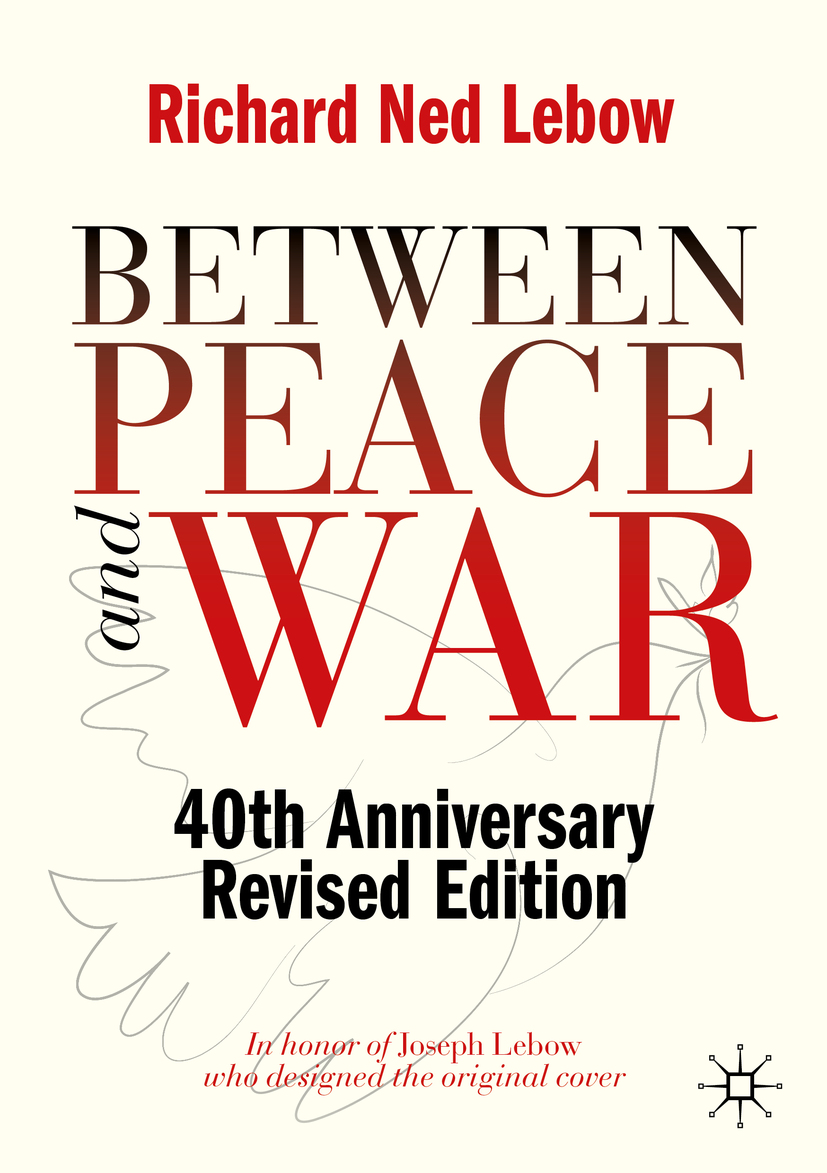

This Palgrave Macmillan imprint is published by the registered company Springer Nature Switzerland AG.
The registered company address is: Gewerbestrasse 11, 6330 Cham, Switzerland
As a graduate student at Yale in the early 1960s I attempted to pursue my interest in both history and politics. This proved very difficult to do even in the international relations program where students were required to take courses in both disciplines. The history and political science departments were jealous of their autonomy, critical of each others philosophical orientation, and hostile toward any effort to bridge the intellectual gap separating them. My single-minded and obviously naive pursuit of this goal antagonized influential faculty in both departments and was an underlying cause of my expulsion from the graduate school.
Some of my classroom experiences at Yale are amusing in retrospect. In my second year I attended a comparative politics seminar taught by a prominent political scientist who introduced us to the latest paradigms for analyzing modernization or political development. These schemes were usually architectonic in structure, vaguely empirical, and promised insight into the political processes of societies as diverse as Denmark, Dhofar, and Dahomey. We students, the shock troops of the behavioral reformation, were expected to venture forth into the field to turn these expectations into reality.
Not everybody was a convert to the new religion. Some of my peers had doubts about the fundamental assumptions of the behavioral approach, or even scorned them. But they genuflected when appropriate in class or on exams and grew adept at manipulating the buzz words and concepts of the behavioral catechism. This was a necessary requirement for professional ordination. After all, why antagonize the professor on whom you would depend for finding a job?
Lacking the smarts of my peers I voiced my doubts. What bothered me the most about the various models was the assumption that a political system could be analyzed without taking into account the particular historical and cultural experiences which had shaped its society. On more than one occasion my attempt to raise this objection elicited the suggestion from my professor that I transfer into the history program where he was sure I would feel more at home. But I was even more out of place in the history department.
One afternoon a week I attended a class in German history taught by a relatively young but already prominent visiting professor. He lectured in an erudite manner about the particular Geist of Wilhelminian Germany. For him, history was an art and the historian a portrait painter who sought to portray the inner essence of his subject. My view of history was different. I wanted to study the past to learn about the present, to use history as a laboratory in which to develop and test concepts about political behavior. I was less interested in what was unique about Bismarkian Germany than what it had in common with other societies and states. This was heresy. My term paper, an attempt to analyze decision-making in the German foreign office in terms of a cybernetic model, was deemed unsatisfactory. It was condemned as vulgar. In an icy voice, my professor suggested that I return to the political science department where it was apparent I belonged.
This book is an attempt to integrate history and political science. It is my personal attempt to overcome the intellectual schizophrenia imposed on me in graduate school. Between Peace and War is a historical study written from the perspective of political science. It draws upon historical experience to formulate and test hypotheses about international crisis and the nature of interstate conflict. The merit of this research aside, it may elicit a negative response from purists in both disciplines. But I am encouraged to believe that such persons represent a dying breed and that my own effort to bridge the gap between the two disciplines reflects now widely shared feelings among both historians and political scientists that they have a lot to learn from each other.
Assistance for this book has come from several sources. An initial grant from the Inter-University Consortium for World Order Studies enabled me to spend a year at the Institute of War and Peace Studies at Columbia University. William T. R. Fox , Director of the Institute, welcomed me into the Institute family and was unflagging in his support of my project. Further funding was provided by the Research Foundation of the City University of New York and by the Council for Advanced Research of the Naval War College. Hugh Nott, Director of the Council, offered encouragement and good advice and was understanding when I was several years late in meeting my deadline. For my association with the Council on Advanced Research and with the Naval War College I am deeply indebted to James E. King, then Director of Strategic Studies for the Council. Jim has provided me with encouragement and perceptive guidance. Over the years he has become a close friend, intellectual mentor, and professional advisor.
Many people have read all or part of the manuscript. John Gaddis , Fred Hartmann , Gregory Massell, John Bennett, and Robert Jervis deserve special thanks in this regard. All four took time out from their own busy schedules to read one or more drafts of the manuscript and to offer thoughtful criticism. They also allowed me to exploit them as sounding boards for my ideas. Sections of the manuscript were also read by Ivo Duchacek, John Herz, Michaella Wenninger, James M. A. Weiss, Jerrold Mannheim, Harry Lazer, Thomas Etzold, Edward Kolodziej, Donald Mahley, and Tom Bryder. Their suggestions, and those of my friend and editor, Henry Tom, have made the book better than would otherwise have been the case. I would also like to express my gratitude to Harriet Teffeau, Mary Threadgill, Alta Davis, and Carol Hillier, librarians of skill and more than average patience. Thanks too to Chris Anderson for typing the first draft of the manuscript and Marion Perry for producing the finished copy, the latter entailing quite a crash effort as the deadline for submission approached.
Font size:
Interval:
Bookmark:
Similar books «Between Peace and War: 40th Anniversary Revised Edition»
Look at similar books to Between Peace and War: 40th Anniversary Revised Edition. We have selected literature similar in name and meaning in the hope of providing readers with more options to find new, interesting, not yet read works.
Discussion, reviews of the book Between Peace and War: 40th Anniversary Revised Edition and just readers' own opinions. Leave your comments, write what you think about the work, its meaning or the main characters. Specify what exactly you liked and what you didn't like, and why you think so.


